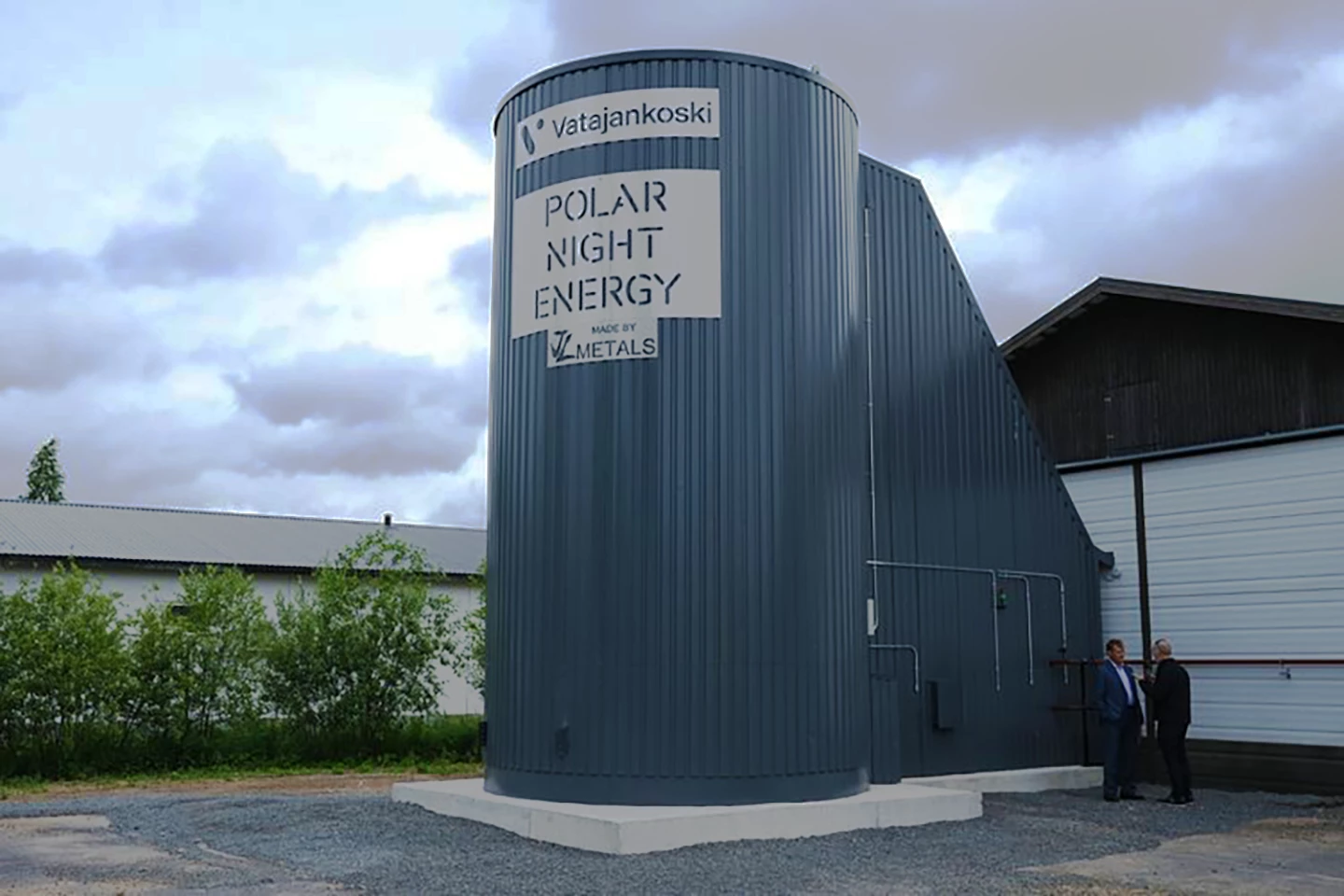Wind and solar power are intermittent, generating power when it's available rather than when it's needed, so the green energy transition will require huge amounts of energy storage. This could end up taking many forms, from conventional lithium-based "big battery" installations, to flow batteries, silicon phase-change batteries, molten salt batteries, iron-air batteries, gravity batteries, carbon dioxide expansion batteries, and other more unusual ideas like buoyancy batteries.
Each has its own advantages and disadvantages in terms of efficiency, size, location, installation costs, operating costs, input and output power ratings, longevity and how long it can store the energy for. That's good, since different solutions will fill different needs – some backing up the power grid during instantaneous demand spikes, others smoothing out the mismatched daily curves between demand and renewable supply, and others still helping to address seasonal supply drops, like when solar drops off through the winter.
Here's another for the pile, coming out of Finland. Polar Night Energy says it's just opened its first commercial sand battery at the premises of "new energy" company Vatajankoski, a few hours out of Helsinki.

This is a thermal energy storage system, effectively built around a big, insulated steel tank – around 4 metres (13.1 ft) wide and 7 metres (23 ft) high – full of plain old sand. When this sand is heated up, using a simple heat exchanger buried in the middle of it, this device is capable of storing an impressive 8 megawatt-hours of energy, at a nominal power rating of 100 kW, with the sand heated to somewhere around 500-600 degrees Celsius (932-1112 °F).
When it's needed, the energy is extracted again as heat in the same way. Vatajankowski is using this stored heat, in conjunction with excess heat from its own data servers, to feed the local district heating system, which uses piped water to transmit heat around the area. It can then be used to heat buildings, or swimming pools, or in industrial processes, or in any other situation that requires heat.
This helps make it extremely efficient, the company tells Disruptive Investing in a video interview. "It's really easy to convert electricity into heat," says Polar Night CTO Markku Ylönen. "But going back from heat to electricity, that's where you need turbines and more complex things. As long as we're just using the heat as heat, it stays really simple." The company claims an efficiency factor up to 99 percent, a capability to store heat with minimal loss for months on end, and a lifespan in the decades.

There's nothing special about the sand – the company says it just needs to be dry and free from combustible debris. Indeed, the company sees it as a super-low or even zero-cost storage medium. The whole thing's so simple and cheap that Polar Night Energy claims the setup costs are less than €10 (US$10.27) per kilowatt-hour, and it runs itself in a fully-automated fashion, using no consumables, at a minimal cost as well.
The company says it'll scale up, too, with installations around 20 gigawatt-hours of energy storage making hundreds of megawatts of nominal power, and the sand heated as far as 1,000 °C (1,832 °F) in certain designs. It's possible to create bulk underground storage facilities out of disused mine shafts, if they're the right shape. There are no high-pressure vessels needed, and the biggest cost involved is often the pipework.
The business name Polar Night is of course a reference to the fact that parts of Northern Finland see no sun at all during the winter, since they're above the latitude (~68 degrees north) where there's no direct sun at all for weeks on end through the depths of winter. This sand battery, says the company, will have its greatest impact during periods like this, when its long-duration storage will keep buildings heated cheaply and cleanly through the freezing Finnish winter.
Indeed, the solid sand storage medium comes into its own here, since the design enables multiple 'zones' of energy storage within the sand. It's possible to build a system designed for longer-term heat storage toward the center of the cylinder of sand, but shorter-term repeated use cycles closer to the top surface or the outside. This would be impossible in a liquid medium like water or molten salt, since the liquids would constantly be mixing and moving.
It's fair to say this system will only find widespread use in areas with district-level heating. But there's a surprising amount of district heating going on. Nearly half of all Scandinavian homes incorporate some form of it, and it can be found in many other areas too, including Northern China and the USA.
As such, Mission Innovation's climate solutions framework has estimated estimated that deploying Polar Night's energy storage system to its full potential could replace enough carbon-burning heat sources to reduce annual greenhouse emissions by somewhere between 57 and 283 megatons of CO2 equivalent per year by 2030. That would be a pretty significant contribution.
Source: Polar Night Energy





